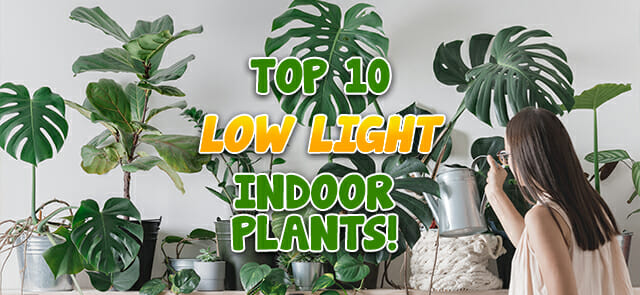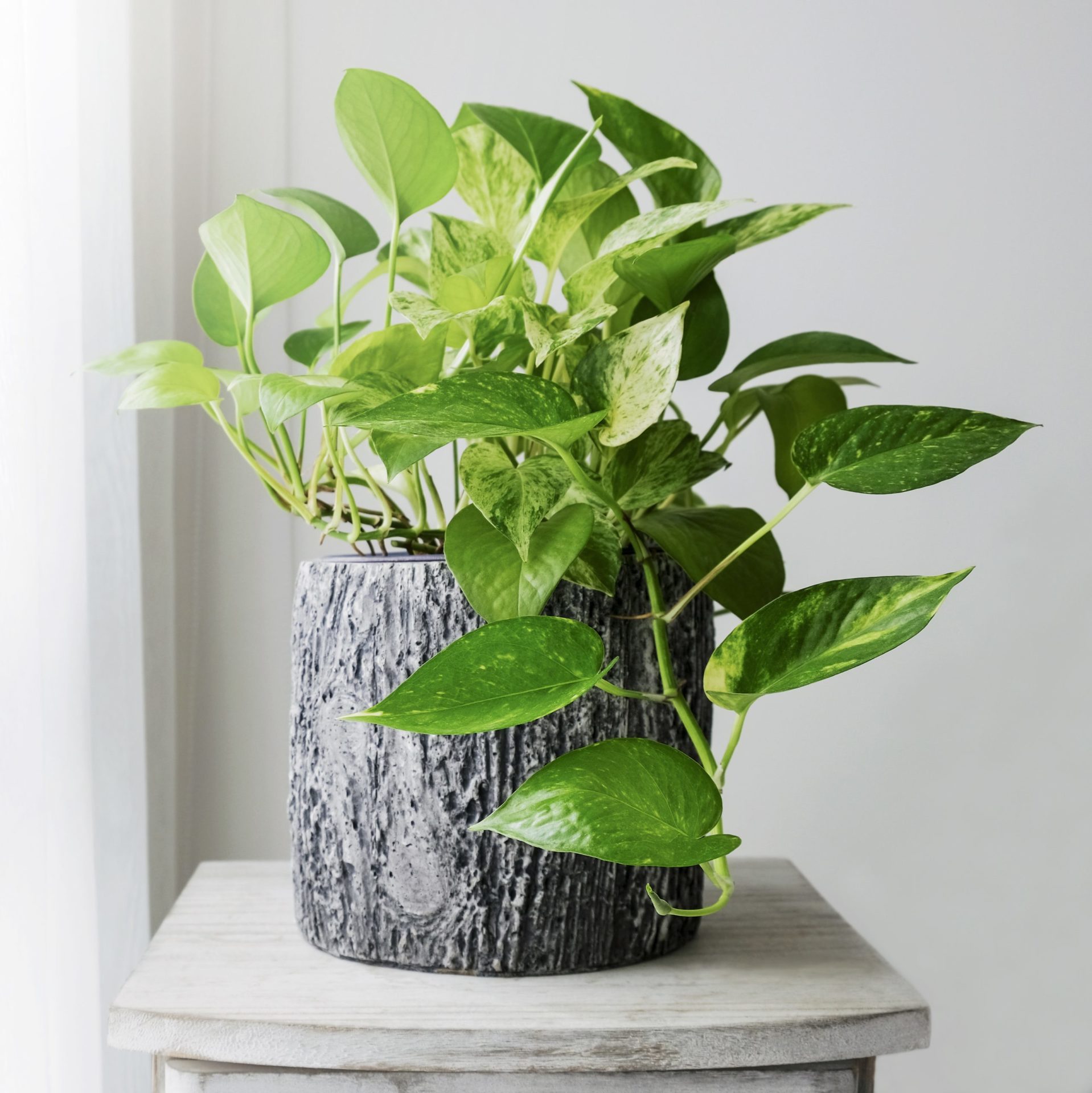Reveal the Tricks of Low-Light Indoor Plants and How They Enhance Your Setting
Low-light interior plants have gathered increasing focus for their special capability to improve both visual appeal and environmental quality within work environments and homes. These resilient varieties, consisting of the Snake Plant and Tranquility Lily, not only flourish in difficult illumination conditions yet likewise play a crucial role in air filtration and emotional health. Comprehending the details advantages and care requirements of these plants can significantly affect your space. As we check out the ins and outs of their benefits, you may uncover insights that might transform your environments in unforeseen ways.
Advantages of Low-Light Indoor Plants
Although lots of people assume that indoor plants require plentiful sunlight to grow, low-light interior plants provide a multitude of benefits that make them ideal for different environments. One of the primary benefits is their adaptability; they can prosper precede with limited natural light, such as workplaces, cellars, or spaces with little windows. This attribute permits individuals to enhance their surroundings with plant, adding to enhanced aesthetics without the demand for considerable lights alterations.
Additionally, low-light indoor plants can substantially improve indoor air high quality by launching and filtering dangerous contaminants oxygen, making living areas healthier. Research has shown that particular ranges can soak up toxins, thus promoting a cleaner ambience. Furthermore, they can enhance mental well-being by lowering stress and anxiety and boosting productivity. The existence of plants has been linked to greater feelings of tranquility and emphasis.
In addition, low-light plants commonly call for much less upkeep than their sun-loving equivalents, making them optimal for active people or those new to gardening. Their resilience enables them to grow with marginal treatment, therefore supplying a fulfilling experience for plant lovers and amateurs alike. In summary, low-light indoor plants serve both useful and visual functions, making them beneficial enhancements to any type of room.
Leading Low-Light Plant Varieties
Low-light interior plants can be found in a variety of varieties, each offering unique features and advantages matched for dark settings. Among the most prominent selections is the Snake Plant (Sansevieria), recognized for its air-purifying capacities and architectural fallen leaves. This durable plant grows on neglect and can endure a vast variety of light problems.
An additional excellent selection is the ZZ Plant (Zamioculcas zamiifolia), which features glossy, dark green leaves and is extremely drought-tolerant. Its adaptability makes it a favorite for offices and homes with limited sunshine.
The Pothos (Epipremnum aureum) is likewise a leading challenger, with its trailing creeping plants and heart-shaped leaves - Best low-light indoor plants. This functional plant can be educated to climb or cascade, adding aesthetic interest to any type of space

Treatment Tips for Low-Light Plants
Looking after low-light indoor plants calls for a nuanced understanding of their specific requirements to guarantee optimal development and vigor. Initially, it is necessary to choose the right potting mix, as a well-draining dirt is important to avoid root rot. A mix created for houseplants, often containing peat moss and perlite, functions well for a lot of low-light selections.
Watering is one more key facet of care. Low-light plants usually need less frequent watering contrasted to their sun-loving counterparts. It is a good idea to examine the top inch of dirt; if it feels dry, it's time to water. Overwatering can lead to issues such as mold and mildew and root degeneration.
Fertilizing needs to be approached with care. Throughout the growing season, a watered down liquid plant food can be used monthly, but in winter season months, many low-light plants enter dormancy and need little to no fertilizing.
Last but not least, it is necessary to regularly clean up the leaves to eliminate dirt, permitting far better light absorption. By sticking to these treatment tips, you can cultivate a successful setting read this for your low-light interior plants, boosting both their look and long life.
Enhancing Air Top Quality With Plants
Interior plants play a substantial duty in boosting air quality within homes and workplace. Through the process of photosynthesis, these plants take in co2 and launch oxygen, contributing to a healthier atmosphere. In addition, certain low-light interior plants possess the ability to filter unsafe contaminants, such as formaldehyde, trichloroethylene, and benzene, which are frequently discovered in indoor environments.

In addition, the visibility of indoor plants can enhance moisture degrees, which helps reduce dry skin and breathing problems, further enhancing overall health. This capability to improve air quality not just promotes physical wellness but likewise sustains mental wellness.
Including low-light indoor plants into your living and functioning rooms can result in an extra stimulating and vibrant setting (Best low-light indoor plants). Purchasing these natural air cleansers is a basic yet reliable technique for improving interior air quality and promoting a much healthier way of living
Creating a Peaceful Indoor Area
The assimilation of plants right into living rooms not just enhances air quality however likewise adds to a tranquil environment. Low-light interior plants, such as serpent plants and pothos, are specifically reliable in creating a serene environment, as they flourish in conditions that may otherwise be inhospitable for other greenery. Their lush foliage offers a soothing visual, reducing tension and advertising leisure.
Incorporating these plants into your office or home can evoke a sense of tranquility and health. Purposefully positioning them in locations where you spend significant time, such as living rooms or workspaces, permits an immersive experience with nature, which has actually been shown to improve state of mind and cognitive feature.
Additionally, the gentle Visit Website movement of fallen leaves in response to air movement can develop a dynamic visual component that boosts the total atmosphere. Take into consideration using a variety of plant heights and textures to include deepness and passion to your space. With thoughtful positioning and treatment, low-light indoor plants can change any type of location right into a serene haven, cultivating not just aesthetic complete satisfaction yet mental and additionally emotional health.
:max_bytes(150000):strip_icc()/low-light-houseplants-snake-plant-hero-getty-1123-bb1e9fd1b2024e879a45c3e6bbd9fcfe.jpg)
Conclusion
Including low-light interior plants into numerous environments returns considerable advantages, including improved air high quality and boosted aesthetic appeal. These durable navigate to these guys types not only grow in very little light but also add to a soothing atmosphere, promoting mental and psychological health. By choosing ideal varieties and carrying out proper care methods, people can successfully cultivate a tranquil interior space that promotes wellness and performance. The transformative power of low-light plants underscores their value in improving both domestic and work-related settings.
Although many individuals presume that indoor plants call for plentiful sunlight to grow, low-light interior plants provide a wide range of advantages that make them optimal for numerous environments.In addition, low-light interior plants can dramatically enhance interior air quality by releasing and filtering system hazardous contaminants oxygen, making living spaces healthier. In addition, specific low-light interior plants possess the capacity to filter hazardous toxins, such as benzene, trichloroethylene, and formaldehyde, which are typically discovered in interior environments.
Low-light interior plants, such as snake plants and pothos, are specifically effective in producing a calm environment, as they prosper in problems that might otherwise be inhospitable for other plant.Including low-light interior plants into various atmospheres returns substantial advantages, including improved air high quality and improved visual allure.